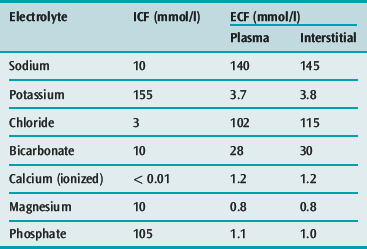

These animals are able to maintain a level of activity that an ectothermic animal cannot because they generate internal heat that keeps their cellular processes operating optimally even when the environment is cold. The ectotherms have been called cold-blooded, a term that may not apply to an animal in the desert with a very warm body temperature.Īn animal that maintains a constant body temperature in the face of environmental changes is called an endotherm. This can include burrowing underground on a hot day or resting in the sunlight on a cold day. The body temperature of these organisms is generally similar to the temperature of the environment, although the individual organisms may do things that keep their bodies slightly below or above the environmental temperature. Animals that do not have internal control of their body temperature are called ectotherms. ThermoregulationĪnimals can be divided into two groups: those that maintain a constant body temperature in the face of differing environmental temperatures, and those that have a body temperature that is the same as their environment and thus varies with the environmental temperature. The receptor sends information to a control center, often the brain, which relays appropriate signals to an effector organ that is able to cause an appropriate change, either up or down, depending on the information the sensor was sending. The stimulus-temperature, glucose, or calcium levels-is detected by the receptor.

The receptor that senses the change in the environment is part of a feedback mechanism. When a change occurs in an animal’s environment, an adjustment must be made so that the internal environment of the body and cells remains stable. If glucose levels in the blood rise after a meal, adjustments are made to lower them and to get the nutrient into tissues that need it or to store it for later use. For instance, if the body becomes too warm, adjustments are made to cool the animal. A change in the internal or external environment is called a stimulus and is detected by a receptor the response of the system is to adjust the activities of the system so the value moves back toward the set point. While there are normal fluctuations from the set point, the body’s systems will usually attempt to go back to this point. The goal of homeostasis is the maintenance of equilibrium around a specific value of some aspect of the body or its cells called a set point. The processes that maintain homeostasis of these two factors are called thermoregulation and osmoregulation. Two examples of factors that are regulated homeostatically are temperature and water content. Even an animal that is apparently inactive is maintaining this homeostatic equilibrium. Homeostatic mechanisms keep the body in dynamic equilibrium by constantly adjusting to the changes that the body’s systems encounter. When homeostatic mechanisms fail, the results can be unfavorable for the animal. The signals that restore the normal levels are examples of negative feedback. If the blood glucose or calcium rises, this sends a signal to organs responsible for lowering blood glucose or calcium. These conditions remain stable because of physiologic processes that result in negative feedback relationships. Examples of internal conditions maintained homeostatically are the level of blood glucose, body temperature, blood calcium level. Animal organs and organ systems constantly adjust to internal and external changes in order to maintain this steady state. Homeostasis refers to the relatively stable state inside the body of an animal. Explain how the kidneys serve as the main osmoregulatory organs in the human body.Describe thermoregulation of endothermic and ectothermic animals.By the end of this section, you will be able to:



 0 kommentar(er)
0 kommentar(er)
